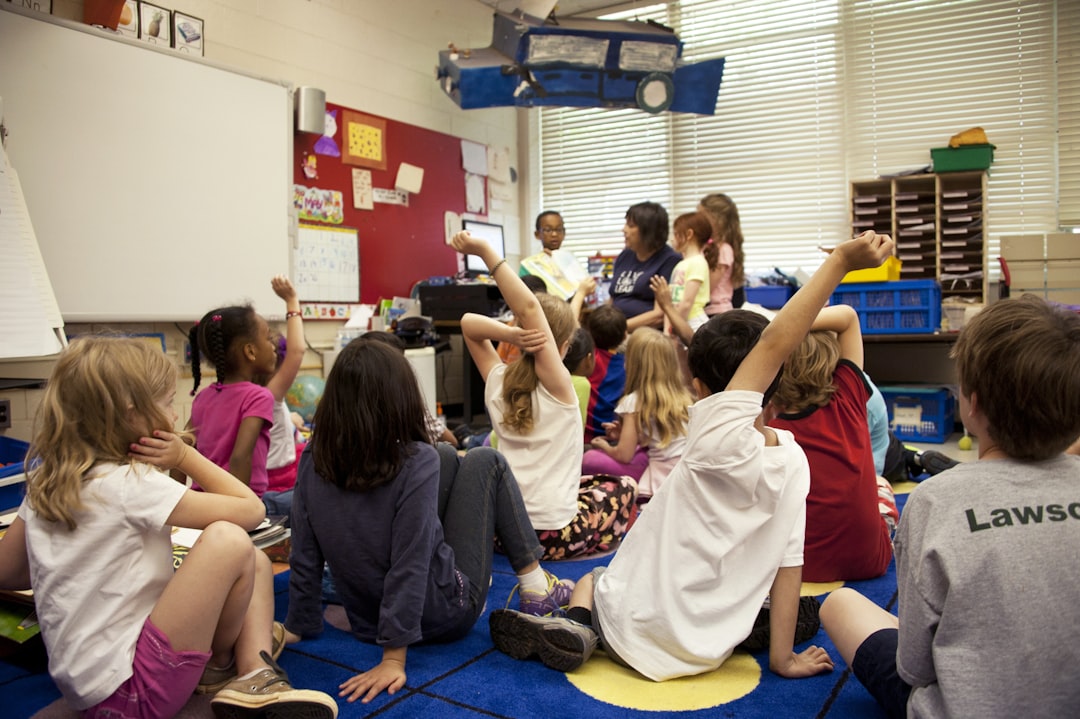What is it about?
This paper is about how armed conflict affects children's health and development. It reviews the findings of 155 studies published in the literature from January 1945 to April 2017. The studies document a pervasive impact of conflict on children, including death, injuries, illnesses, hazards in the environment, a range of types of violence, including torture and sexual violence, and barriers in access to basic needs. Armed conflict impacts children directly and indirectly, and the effects of conflict impact children far from the areas where combat is waged.
Featured Image

Photo by Jordy Meow on Unsplash
Why is it important?
We live in a world where conflicts are increasingly internationalized and protracted, with entire generations growing up in areas affected by conflict. The paper synthesizes what has been published and also examines the patterns of publication. The study identified major gaps and biases in our understanding of how conflict affects children. Most studies focus on a few geographical areas and a few specific conflicts, while children in entire regions of the globe remain out of view. Very little is known about how conflict impacts children's physical, motor, speech and socioemotional development in the short or long term. Finally, very little is known about the mechanisms for the findings, such as the nuances in how conflicts are waged results in certain health and social risks for children.
Perspectives
I think the most important findings from this paper are about what we don't know - the gaps and biases in what has been studied. It was surprising to find that so many studies are written about only a few regions and conflicts. It was also surprising to find that so many studies simply described the range of injuries or illnesses that children may suffer, but aren't able to explain why these kinds of injuries, illnesses or deaths occurred. We have a lot to learn about the nuances and what this means for children over time. We know that adversity sets children on a harmful trajectory for physical and mental illness and social harms. Conflict is an extreme form of adversity and it is associated with many other forms of adversity. We don't yet understand what this means for children 5, 10, or 20 years from now, and this limits how well we can respond today to protect children and promote their health and wellbeing.
Ayesha Kadir
Save the Children Fund
Read the Original
This page is a summary of: Effects of armed conflict on child health and development: A systematic review, PLoS ONE, January 2019, PLOS,
DOI: 10.1371/journal.pone.0210071.
You can read the full text:
Contributors
The following have contributed to this page










